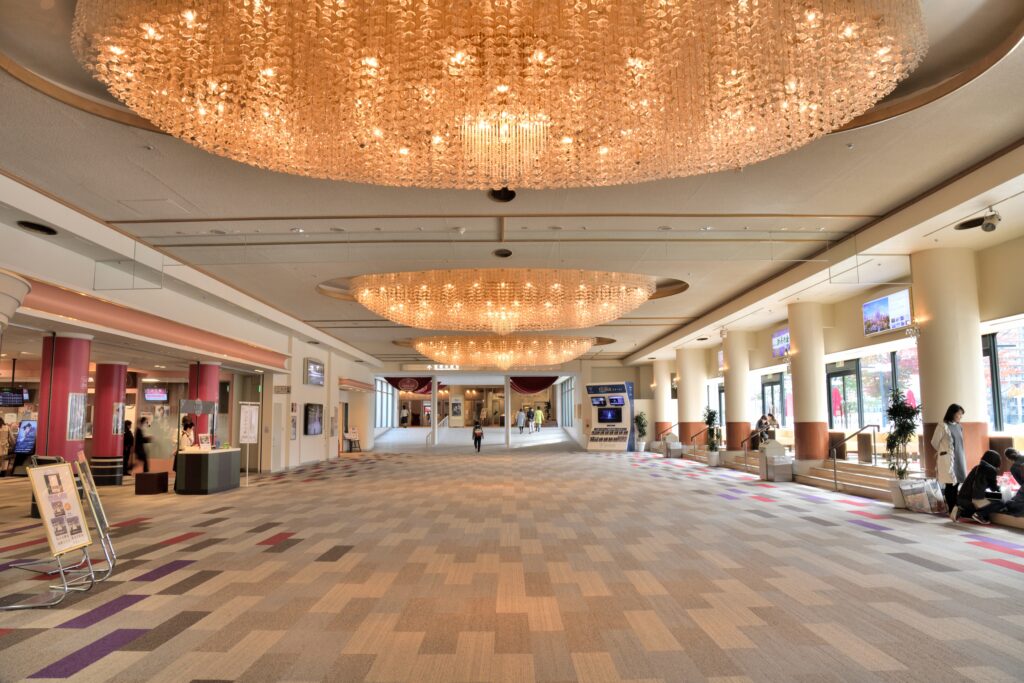
宝塚歌劇団
(英: Takarazuka Revue Company)
The Takarazuka Revue is a world-renowned all-female theater troupe based in Takarazuka City, Hyogo Prefecture.
Since its first performance in 1914, it has continued to captivate audiences as a troupe composed exclusively of unmarried women. Currently, it is divided into five groups—Flower (Hana), Moon (Tsuki), Snow (Yuki), Star (Hoshi), and Cosmos (Sora)—along with a specialized group called Senka, whose members do not belong to any of the five main groups. The troupe is often simply referred to as “Takarazuka” or “Zuka.”
Takarazuka performances are renowned for their glamorous staging, elaborate costumes, and exceptional acting and singing. They are particularly popular among female audiences. Tickets are often extremely difficult to obtain—I was only able to attend thanks to the help of a friend.
In the Umeda area, you’ll also find official shops that sell Takarazuka merchandise. They’re great spots for picking up exclusive souvenirs after the show.

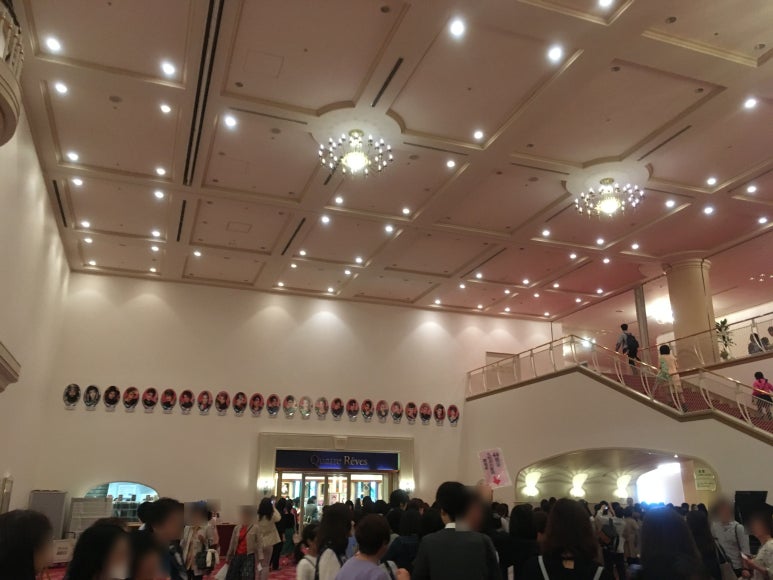
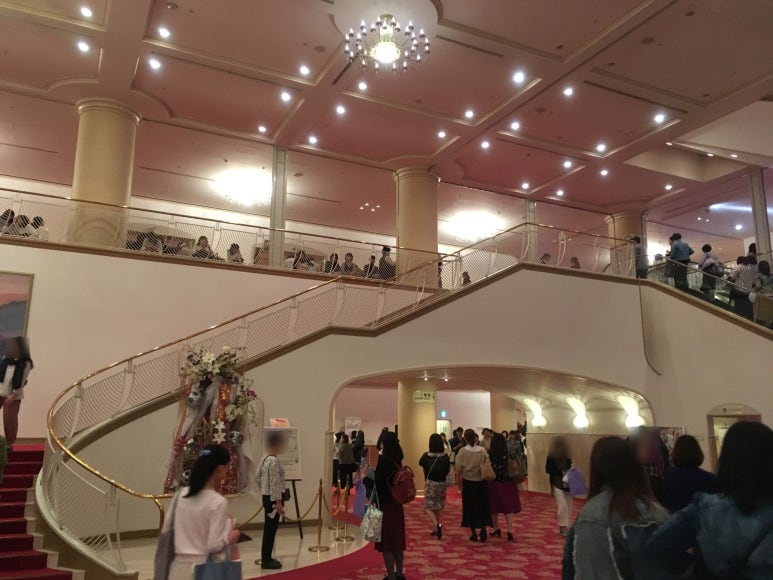
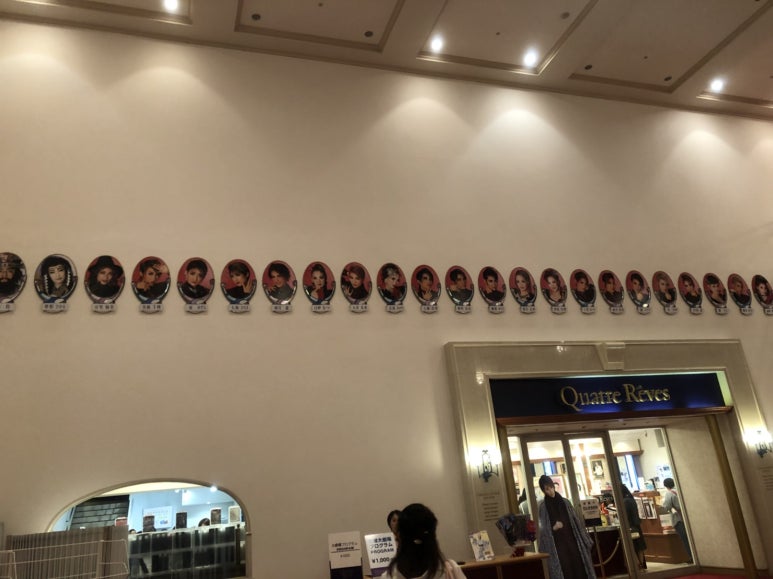
Takarazuka Music School: The Exclusive Route to the Stage
There is only one path to the shining stage of the Takarazuka Grand Theater: graduating from the Takarazuka Music School (宝塚音楽学校).
The school typically has a very high acceptance competition rate of 20 to 30 times, and applicants are expected to have prior training in ballet, singing, and acting.
There are no nationality restrictions for application, but proficiency in Japanese and an understanding of Japanese culture are required.
1. Eligibility Requirements
・Gender: Only females can apply
・Age: According to the 2025 student application guidelines, applicants must have been born between April 2, 2006, and April 1, 2010, and at the time of the exam, must have graduated from junior high school, graduated from high school, or be currently enrolled in high school.
2. Application Schedule and Exam Structure
・Application Period: Held once a year in spring (March to April) for admission in the following year
・First Round: Interview
・Second Round: Interview, singing, and dance
・Third Round: Interview
※In the interview, applicants are evaluated on appearance, articulation, movement, attitude, stage presence, and other qualities that indicate suitability for the Takarazuka stage.
※In the singing test, applicants are assessed on vocal volume, tone quality, pitch accuracy, and basic music reading skills through a designated song.
※In the dance test, applicants are evaluated on basic physical ability, flexibility, sense of rhythm, and aptitude for Western-style dance.
3. Post-Acceptance Process
・Takarazuka Music School (2-year program)
・1st year: “Yokasei” (preparatory student), 2nd year: “Honkasei” (regular student)
・Students receive professional training in ballet, vocal music, acting, Japanese traditional dance, etc.
・Strict discipline, etiquette, and tradition are emphasized (including senior-junior hierarchy)
4. Automatic Admission After Graduation
・All graduates are automatically admitted to the Takarazuka Revue.
・They begin their careers as kenkyūsei (trainees).
・Through several years of stage experience, they have the opportunity to grow into top stars.
5. Takarazuka Music School Tuition
・Tuition: 50,000 yen per month (1.2 million yen over two years)
・Enrollment Fees, etc.: Admission fee 200,000 yen, facility fee 250,000 yen, miscellaneous fee 30,000 yen (to be paid at the time of enrollment)
・Dormitory Fee: 15,000 yen per month (for students who cannot commute from home)

Unique Role System: Otokoyaku and Musumeyaku
All performers in the Takarazuka Revue are women. However, since they must play both male and female roles on stage, each actress trains in one of two distinct role types.
Otokoyaku (男役) are actresses who specialize in portraying male roles. In Japanese, “otoko” means “man” and “yaku” means “role.”
They often portray an idealized image of masculinity—tall, deep-voiced, confident, and with a strong gaze. They are adored by many enthusiastic fans for this charismatic presence. Their appearance in elegant men’s suits on stage is considered one of the signature charms of the Takarazuka Revue.
In contrast, Musumeyaku (娘役) are actresses who perform female roles. They bring grace and emotional depth to the performances through their delicate acting. While “musume” literally means daughter, in this context it refers more broadly to “women”.
This role-based system is unique compared to typical musicals, where performers tend to rotate roles. In Takarazuka, each actress focuses deeply on her role type over many years, leading to highly refined performances.
Although rare, some actresses do make the transition from otokoyaku to musumeyaku during their careers.
From Takarazuka to Timeless Brilliance
The Takarasiennes of the Takarazuka Revue, which boasts over 100 years of history, are admired for their glamorous appearance and exceptional talent. Even after leaving the troupe, they continue to shine as actresses, musical performers, and voice actors.
Below are some of the most famous actresses who were formerly part of the Takarazuka Revue.
・天海祐希(あまみ・ゆうき, Yuki Amami)
・大地真央(だいち・まお, Mao Daichi)
・真矢ミキ(まや・みき, Miki Maya)
・黒木瞳(くろき・ひとみ, Hitomi Kuroki)
・真琴つばさ(まこと・つばさ, Tsubasa Makoto)
・涼風真世(すずかぜ・まよ, Mayo Suzukaze)
・遼河はるひ(りょうが・はるひ, Haruhi Ryoga)
・七海ひろき(ななみ・ひろき, Hiroki Nanami)
・真飛聖(まとぶ・せい, Sei Matobu)
・小柳ルミ子(こやなぎ・るみこ, Rumiko Koyanagi)
In Japan, when someone is known to be from the Takarazuka Revue, people often think of their beautiful appearance and outstanding singing ability. Even after leaving the troupe, they continue to work professionally in their respective fields.
A few years ago, there were negative reports about the working conditions in the Takarazuka Revue, but I hope those issues have been properly addressed so that they can continue to show many beautiful sides to their fans in the future.
Tips for Enjoying the Takarazuka Revue Theater
1. Differences Between the Takarazuka Grand Theater and the Tokyo Theater
The Takarazuka Grand Theater is located in Hyogo Prefecture, while the Tokyo Theater is in Yurakucho. Stage direction and the selection of merchandise may differ, so comparing the two based on when and where you visit can add to the experience.
2. Book Your Tickets in Advance
Performances often sell out quickly. Be sure to check the schedule and which troupe is performing ahead of time.
3. “Shinjin Kouen” (Newcomer Performances) Are Great for First-Timers
Separate from the main performance, these shows feature younger performers in lead roles. Tickets are relatively easier to get, and it’s a great way to glimpse the future stars of the troupe, which makes them popular among fans.
4. You Can Still Enjoy It Without a Performance
Even without a ticket, you can enter the theater building and enjoy various attractions such as the Stage Studio, where you can dress up like a star and take photos.
5. Don’t Miss the Umeda Limited Goods
The Umeda shop offers exclusive items that you can only get there—perfect for a visit before or after the show.
6. Enjoy Takarazuka via TV or Streaming
Through a dedicated channel called Takarazuka Sky Stage, you can watch live recordings, actor interviews, and behind-the-scenes footage. Even if you can’t attend in person, you can still enjoy being a fan.
■Takarazuka Revue Official website
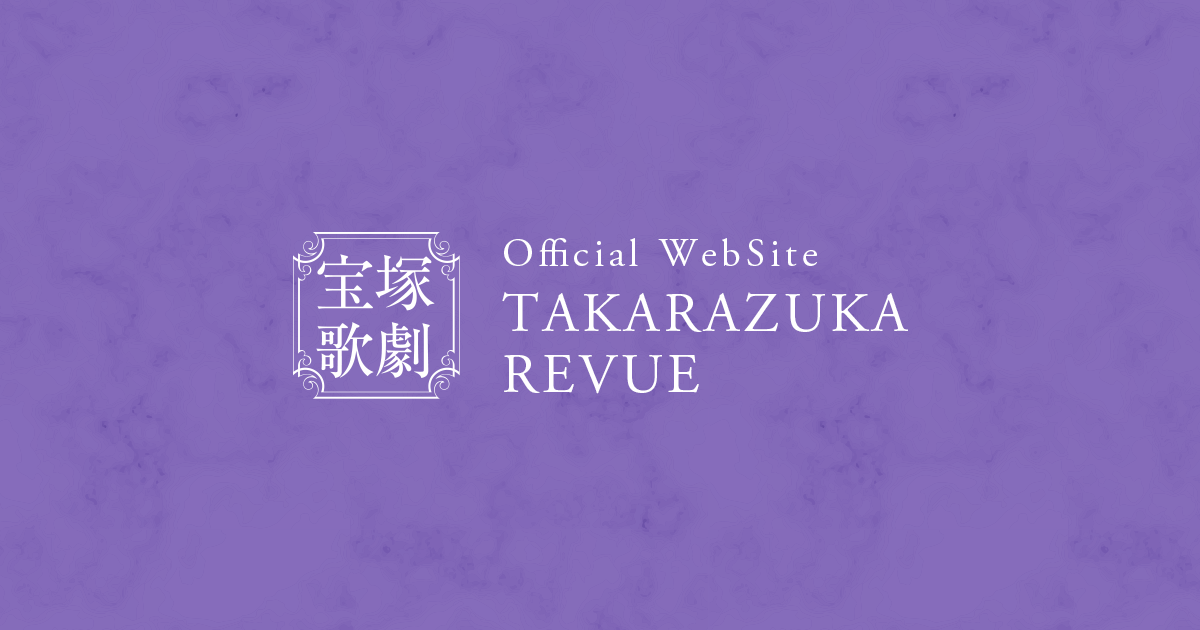
■Takarazuka Grand Theater (Takarazuka Revue)
■Takarazuka Music School

■Quatre Rêves Umeda – Takarazuka Revue official merchandise store

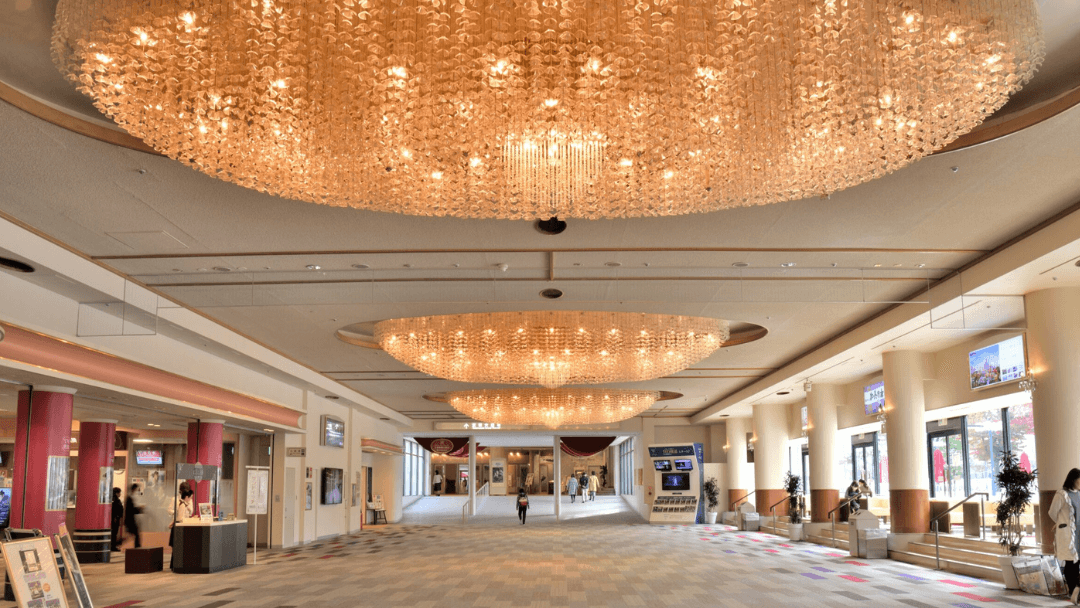

Comments